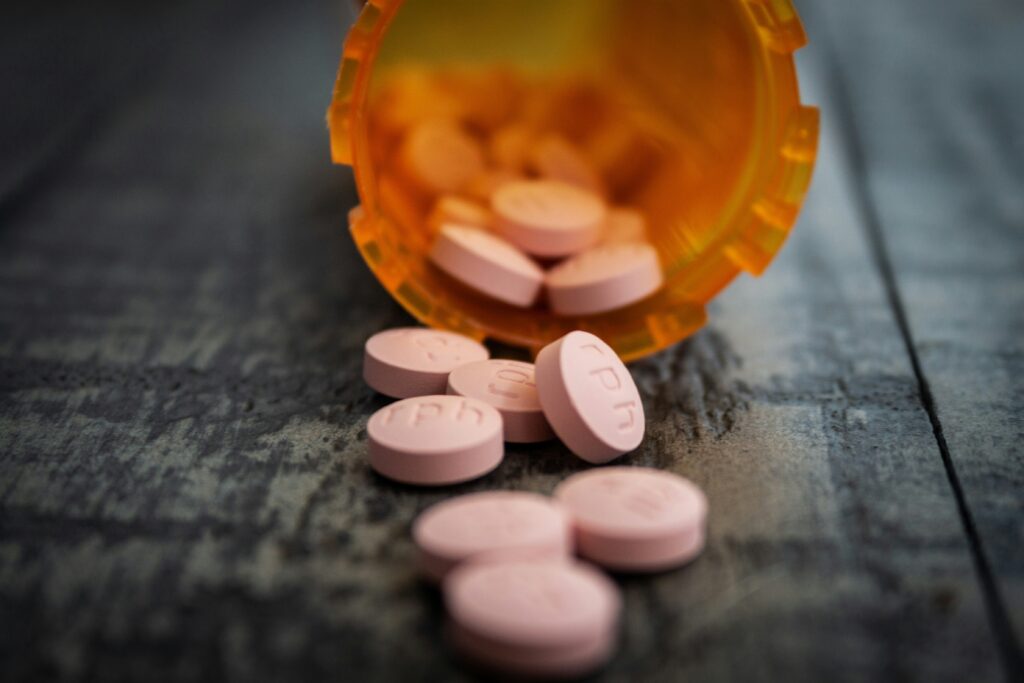At International Survey Associates, we report valid, reliable data used to make research-based decisions that drive improvement. We gather perception data from students, teachers, and parents and provide detailed reports to crucial education stakeholders, providing a platform for informed decision-making at the administrative level. This month, we want to turn our focus back to how youth prescription drug misuse and how it remains a significant public health concern.
At some point, typical families use prescription medications for specific medical needs. Every day examples might include meds for pain relief, anxiety, or sleep troubles.
These drugs are generally safe when taken appropriately and used for the medical conditions they’re meant to treat. However, every year, hospitals and medical offices see thousands of young patients who take controlled prescription medications for other reasons or not as prescribed, and this can cause deadly results.
With recent data highlighting increasing trends in youth prescription drug misuse, educators, parents, and community leaders need to stay informed and take proactive steps toward prevention.
The Constant Concern of Youth Prescription Drug Misuse
Youth may misuse prescription drugs for various reasons, including academic pressure, peer influence, or as a way to cope with stress and mental health challenges. Unlike illicit drug use, youth prescription drug misuse is often overlooked because these medications are legally prescribed and readily available in many households.
One of the most alarming trends is that many teens obtain prescription medications from friends or family members rather than illicit sources. A false perception that these drugs are “safer” than illegal substances further contributes to the problem. However, misuse of prescription drugs can lead to severe consequences, including addiction, overdose, and long-term cognitive and emotional impairments.
Risk Factors and Warning Signs
Understanding the risk factors associated with youth prescription drug misuse is really important for early intervention. Some common risk factors include:
Accessibility: Prescription drugs are often easily accessible at home, making them an attractive option for experimentation.
Mental Health Struggles: Anxiety, depression, and other mental health conditions can increase the likelihood of substance misuse.
Academic Pressure: The misuse of stimulants like Adderall and Ritalin has risen due to their perceived ability to enhance focus and academic performance.
Peer Influence: Adolescents are more likely to engage in risky behaviors if they see their friends doing the same.
Lack of Awareness: Many young people and their parents do not fully understand the dangers of prescription drug misuse.
Recognizing early warning signs can help parents, educators, and community members intervene before misuse escalates. Some red flags include:
Sudden changes in behavior or mood
Declining academic performance
Loss of interest in previously enjoyed activities or sports
Secretive behavior or avoiding family interactions
Physical signs such as drowsiness, slurred speech, dilated pupils, or nausea
Effective Prevention Strategies
Preventing youth prescription drug misuse requires a collaborative effort among parents, schools, healthcare providers, and community organizations. Here are some strategies to help mitigate:
Education and Awareness: Schools and parents should educate teens about the risks associated with prescription drug misuse. Misconceptions that these drugs are “safe” because they are prescribed need to be addressed. For example, implementing school-based programs like Generation Rx can help students understand the dangers of prescription drug misuse through interactive lessons and peer-led discussions.
Open Communication: Encouraging honest conversations about drug use and mental health helps remove stigma and allows teens to express their concerns without fear of judgment. Programs like Talk. They Hear You. provide parents with resources and conversation starters to discuss substance use with their children in a supportive manner.
Safe Medication Storage and Disposal: Parents and caregivers should secure prescription medications in locked cabinets and properly dispose of unused drugs to prevent misuse. Participating in National Prescription Drug Take Back Day events or using at-home disposal kits like DisposeRx can ensure medications do not fall into the wrong hands.
Mental Health Support: Providing accessible mental health resources and counseling services can help teens develop healthier coping mechanisms for stress, anxiety, and depression. Schools can incorporate mental health education into curricula and offer access to school counselors, while organizations like Teen Line provide anonymous peer-to-peer support.
Community Involvement: Schools, local organizations, and policymakers should work together to create supportive environments that prioritize youth well-being. Community-wide initiatives such as CADCA’s Drug-Free Communities Program and youth-led advocacy groups can play a vital role in preventing prescription drug misuse through awareness campaigns and local policy changes.
Monitoring and Screening: Schools and healthcare providers can implement routine screenings to identify early signs of prescription drug misuse and provide timely intervention. Programs like SBIRT (Screening, Brief Intervention, and Referral to Treatment) in schools and clinics help identify at-risk youth and connect them with necessary resources before issues escalate.
By understanding the risks associated with teen prescription drug abuse, recognizing early warning signs, and implementing effective prevention strategies, we can work together to protect the health and future of our youth. If you would like more information on issues like student risk factors, general behavioral stress, depression, addiction, or other mental health-related issues in your communities, International Survey Associates offers many options to fit various needs.
Resources
https://www.cadca.org/resource/whats-trending-youth-prescription-drug-misuse/
https://library.samhsa.gov/sites/default/files/pep21-06-01-003.pdf
https://www.apa.org/monitor/2024/03/new-approaches-youth-substance-misuse

